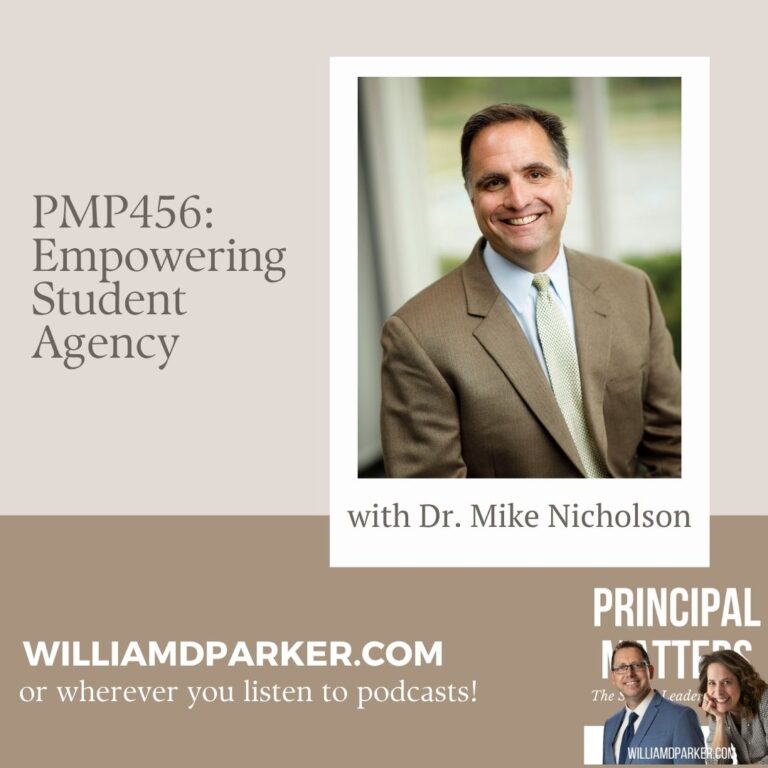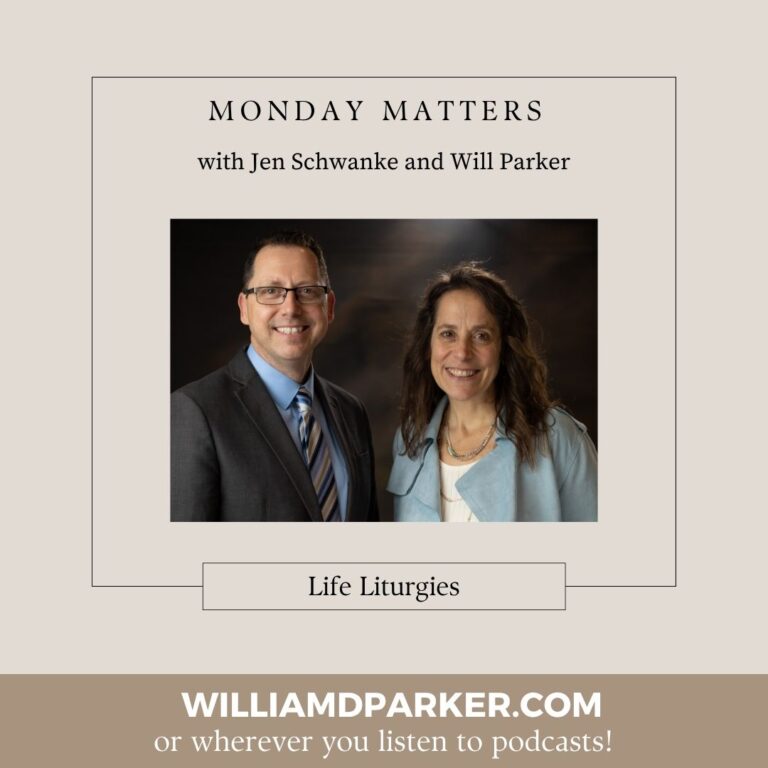Podcast: Play in new window | Download
When I was boy, my dad bought a long, green Pontiac station wagon.
Long before the creation of the mini-van, it was the car of choice for a large family. We spent countless of hours of my childhood driving from the West Coast to the Mississippi River and back during his Navy years.
After we had moved to the farm, Dad retired the old Pontiac in a field beside our first chicken lot. Before long our chickens began to roost and nest around the old car. One day my dad rolled down the windows, and the hens found their way into it. For years to come, the old green station wagon was a makeshift chicken coop.
Yes, we were backwoods folks, but I still have fond memories of spreading corn on the dirt and grass each morning—the red, brown, and spotted black hens gently clucking and jostling around my feet.
Hens are interesting creatures: they feed together, warn one another of impending danger, and huddle close for warmth. They are instinctively team players unless they identify another chicken they perceive as a threat. Then they can become vicious in isolating or attacking the culprit.
Heffernan: Lessons on Laying Hens
Last week I was reminded of chickens when I watched a great TedTalk presentation by Margaret Heffernan, businesswoman and consultant, who uses the research by William Muer to inform others about what truly makes some groups more productive than others.
Muir had studied the productivity of laying hens by taking the most productive layers away from an existing flock and creating a “super flock” over six generations. Another set of laying hens he allowed to proceed six generations without interference. He was interested in learning whether his “super flock” would out-perform the normal, everyday laying hen.
At the end of his research, he was surprised by the results. The “normal” laying hens were more far productive than the “super chickens.” Why? Because the chickens in common group functioned interdependently while the “super” group identified one another as threats and pecked one another almost to extinction; in fact, only a handful of “super chickens” remained.
Heffernan uses the research to point to some false assumptions we often make about groupings. So often we believe that if you group the most talented, smartest, and gifted individuals together, you will inevitably have more productivity. The truth, however, is that productivity is tied to elements so much greater than intelligence or giftedness.
In fact, as Heffernan has studied productivity in teams, she finds three characteristics that make up truly productive teams (the kinds of teams where people are supportive, challenging, and collaborative). Let me quote directly from her speech:
“First of all, they [productive teams] showed high degrees of social sensitivity to each other. This is measured by something called the ‘Reading the Mind in the Eyes Test’. It’s broadly considered a test for empathy, and the groups that scored highly on this did better.
Secondly, the successful groups gave roughly equal time to each other, so that no one voice dominated, but neither were there any passengers.
And thirdly, the more successful groups had more women in them.”
So What’s the Lesson for Schools?
Educators are just as prone to make false assumptions about what will make successful teams in their schools. Research shows over and over again that it is not a “superstar” leader whose organizations are effective or exceptional.
Jim Collins made this point when he analyzed leaders in his now classic book Good to Great. In it he identifies the most effective leaders in organizations as individuals who were focused on the essential mission and goals of their companies. The greatest leaders weren’t necessarily the most vocal or charismatic; instead, they were the most focused and intentional. They were also open to dissent and candid discussions on what did or did not work well for achieving their mission. And they were focused on the process of accomplishing goals rather than constantly changing their practices.
A few days ago, a school leader from another district shared this article with me: The One Type of Leader Who Can Turn Around a Failing School, published by the Harvard School of Business.
This study asserts that great principals are ones who are architects of change rather than surgeons, philosophers, accountants, or soldiers. Just like other research shows, the ones who make the most long-lasting change are focused on the less glamorous but more effective priorities of designing and executing solutions for student improvement.
Muer’s research also asserts that when we invest in the social capital of those with whom we work, when we allow team members to have equal voice, and when we value diversity in our groups, we increase the chances that we’ll see more productivity in our goals and outcomes for students.
Teachers have a unique advantage over other industries. Whereas corporate America is criticized for its lack of inclusion (especially of women in leadership positions), education has traditionally been a place where many women thrive and lead. Regardless of gender, however, the intangible elements of trust, teamwork, and good-will go so much further in creating meaningful work environments.
Conclusion
As you think about schools, the same truths apply in our buildings as apply in companies or hen houses. If we create environments for teachers and students where collaboration, teamwork, and trust are an essential part of the environment, we create a much better environment for student success.
At the end of the day, we may not be able to measure productivity by counting eggs. But at the same time, the mindset we adopt must also include listening to one another, valuing other opinions, and encouraging diverse points of view until we can reach consensus. That kind of teamwork is necessary for good egg production. It’s even more essential for school success.
Now It’s Your Turn
What are some ways you’re seeing your team of educators grow in their ability to work together toward shared values and outcomes for all students.
Sign-Up For Free Updates
When you enter your email address here, you will automatically receive Principal Matter posts. Let’s keep learning together!
Principal Matters–The Book!
School leaders are very busy, so each of the twenty-four chapters is designed as a quick-read and followed with take-action questions for follow-up or reflection. If you want practical ideas on understanding your purpose, managing school teams, dealing with challenges, and leading with courage, action, motivation, and teamwork, go HERE to pick up a copy for you or your team.


